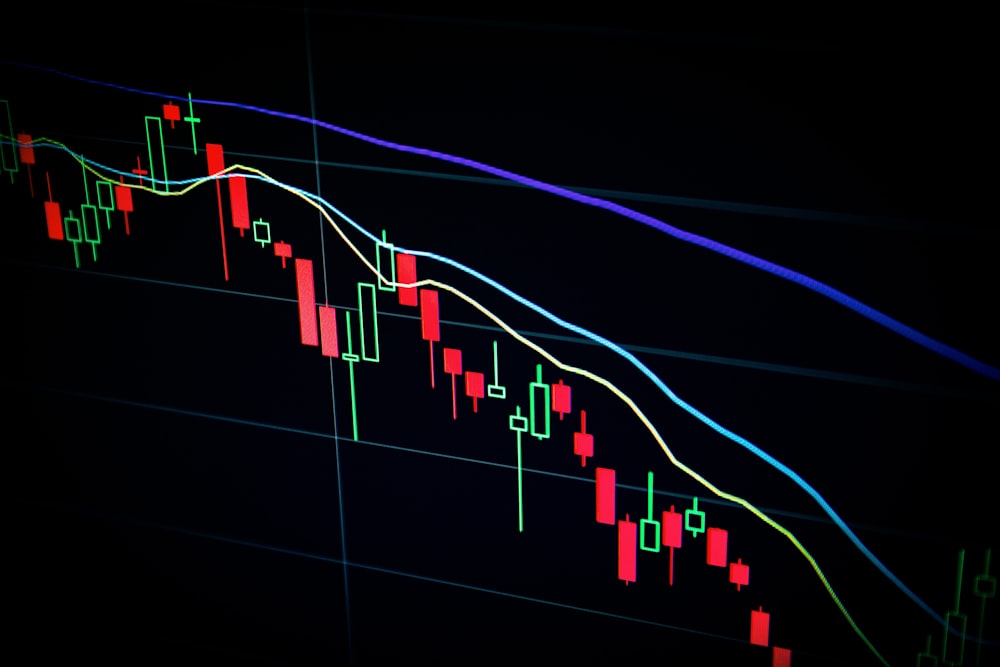A Rarity: One Of The Few Stocks That Is Up In 2022 And Also Looks Cheap
There’s very little in this world that you can actually control. Yet investors often seem intent on trying to control what they cannot. You can’t control geopolitical events, interest rates, or how millions of other investors will react to news. But I’ll tell you what you can control. You can control which businesses you invest in and what you pay for those investments. That might not seem like much. But doing even just those two things right can have an immense impact on your long-term success as an investor.
Now, I’m not saying these are the only things you can control. But if you focus on buying the right businesses at the right prices, you’ll likely do incredibly well. I’d argue the right businesses are ones that produce reliable, rising profits and reward their shareholders with reliable, rising dividends. That’s right. I’m talking about high-quality dividend growth stocks. You can find hundreds of these stocks on the Dividend Champions, Contenders, and Challengers list.
I’ve personally anchored my own investing over the years around these stocks exclusively. And this has resulted in the building of the FIRE Fund. That’s my real-money stock portfolio, which produces enough five-figure passive dividend income for me to live off of. Indeed, I do live off of dividends. In fact, I started living off of dividends in my early 30s. I was able to retire at a very early age in life, as I describe in my Early Retirement Blueprint. Putting my capital to work with high-quality dividend growth stocks – what I feel are the “right” stocks – was a big factor in my success. But there’s another big factor at play here. Valuation.
Photo by Maxim Hopman on Unsplash
While price is what you pay, it’s value that you actually get. An undervalued dividend growth stock should provide a higher yield, greater long-term total return potential, and reduced risk. This is relative to what the same stock might otherwise provide if it were fairly valued or overvalued. Price and yield are inversely correlated. All else equal, a lower price will result in a higher yield. That higher yield correlates to greater long-term total return potential. This is because total return is simply the total income earned from an investment – capital gain plus investment income – over a period of time. Prospective investment income is boosted by the higher yield. But capital gain is also given a possible boost via the “upside” between a lower price paid and higher estimated intrinsic value. And that’s on top of whatever capital gain would ordinarily come about as a quality company naturally becomes worth more over time.
These dynamics should reduce risk. Undervaluation introduces a margin of safety. This is a “buffer” that protects the investor against unforeseen issues that could detrimentally lessen a company’s fair value. It’s protection against the possible downside. Getting the right businesses at the right valuations can, and almost certainly will, allow you to build significant wealth and passive dividend income over the long run. With my beliefs on the right businesses out of the way, we now have to tackle valuation. Fortunately, it’s not that hard. Fellow contributor Dave Van Knapp put together Lesson 11: Valuation in order to make the valuation process much simpler. One of many “lessons” he’s provided on dividend growth investing, it lays out a valuation guide that you can use to estimate the intrinsic value of almost any dividend growth stock out there. With all of this in mind, let’s take a look at a high-quality dividend growth stock that appears to be undervalued right now
Video Length: 00:11:53
Disclaimer: Please consult with a licensed investment professional before investing any of your money. Never invest in a security or idea featured on this channel unless you can afford to lose ...
more



